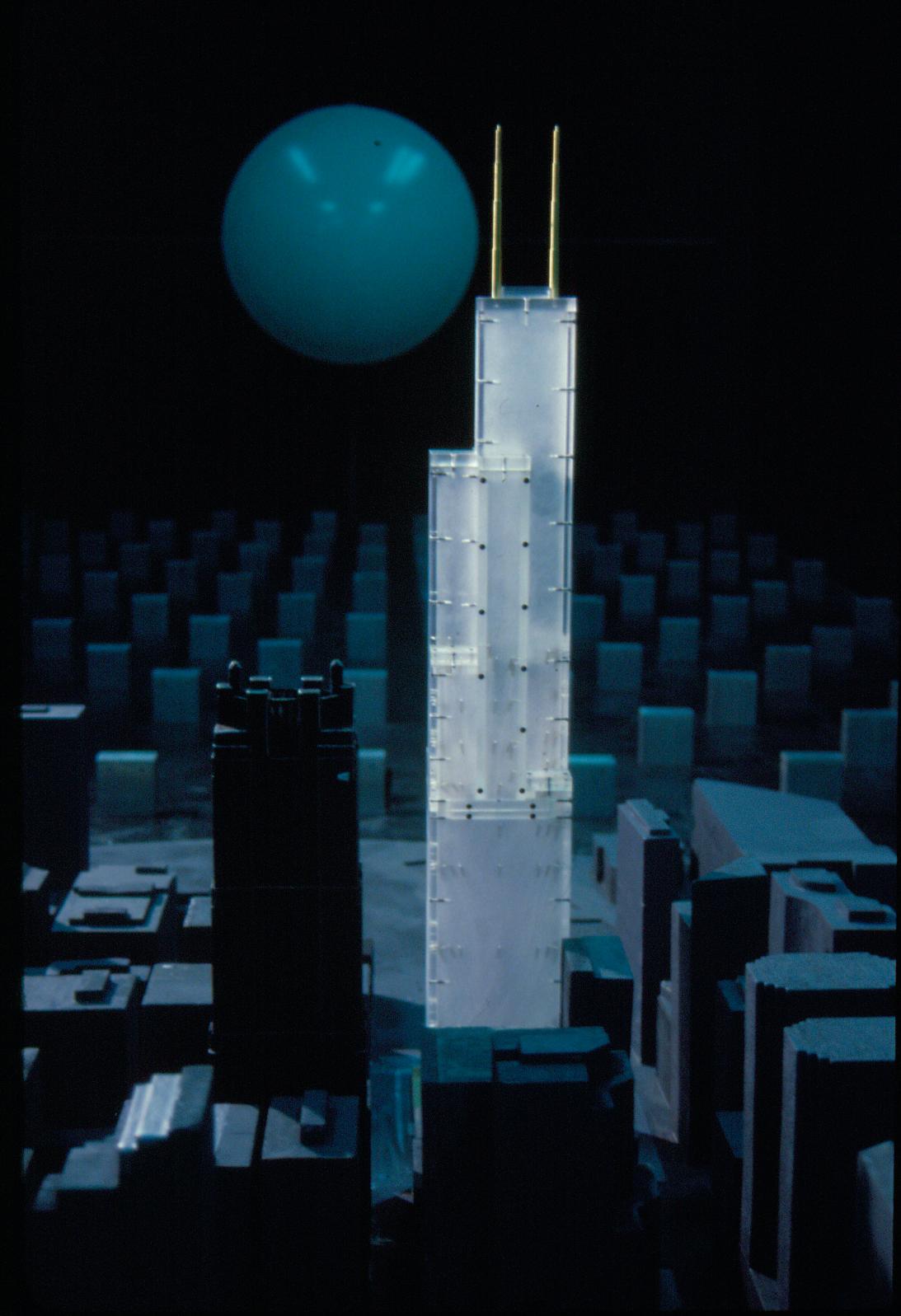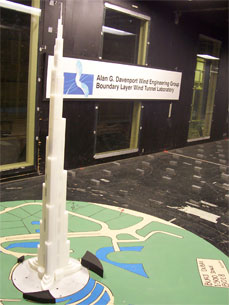DETERMINATION OF STRUCTURAL LOADS AND RESPONSES
 INTRODUCTION INTRODUCTION
A number of methods are available for the determination of overall structural loads and responses for use in the structural design and for the assessment of occupant comfort. These can be broadly divided into two different categories. The first are rigid model tests and the second type are aeroelastic model tests.
RIGID MODEL TESTS
 The determination of overall structural loads and responses using rigid model tests such as force-balance tests and pressure tests makes use of random vibration theory and modal analysis. Aerodynamic wind forces on the building are determined directly by measurements in the wind tunnel and can be translated directly to the buffeting response of the building if the elastic properties of the structure are known. The resonant response of the building due to dynamic amplification of the buffeting response at the natural frequencies of the building is determined analytically through the measurement of force spectra and the dynamic properties of the building. Together with the statistical wind climate model of wind speed and direction, predicted values of loads and responses are determined for various return periods. The aerodynamic data measured in the rigid model tests can be used to reanalyze the building in case structural dynamic properties change. The data can also be analyzed for a range of dynamic properties in the early design stage. The determination of overall structural loads and responses using rigid model tests such as force-balance tests and pressure tests makes use of random vibration theory and modal analysis. Aerodynamic wind forces on the building are determined directly by measurements in the wind tunnel and can be translated directly to the buffeting response of the building if the elastic properties of the structure are known. The resonant response of the building due to dynamic amplification of the buffeting response at the natural frequencies of the building is determined analytically through the measurement of force spectra and the dynamic properties of the building. Together with the statistical wind climate model of wind speed and direction, predicted values of loads and responses are determined for various return periods. The aerodynamic data measured in the rigid model tests can be used to reanalyze the building in case structural dynamic properties change. The data can also be analyzed for a range of dynamic properties in the early design stage.
AEROELASIC MODEL TESTS
 Aeroelastic model tests are suitable for buildings that are unusually slender, flexible or have significant structural coupling. Any of these characteristics may lead to significant wind-induced motion. With this motion the building interacts with the surrounding air creating additional forces not accounted for directly in the rigid model testing techniques. These forces, commonly referred to as aerodynamic damping can enhance or mitigate building motion. Aeroelastic model tests are suitable for buildings that are unusually slender, flexible or have significant structural coupling. Any of these characteristics may lead to significant wind-induced motion. With this motion the building interacts with the surrounding air creating additional forces not accounted for directly in the rigid model testing techniques. These forces, commonly referred to as aerodynamic damping can enhance or mitigate building motion.
An aeroelastic model is designed with correctly-scaled dynamic properties of the full scale structure. The wind induced responses (deflections, accelerations, bending moments) may then be measured directly in the wind tunnel. The responses inherently include the additional effect of the motion-induced forces.
If properly carried out, the aeroelastic model tests provide the most accurate information on structural responses due to wind. They do require extensive design and construction of the model and a more intensive test program.
Additional Information:
|